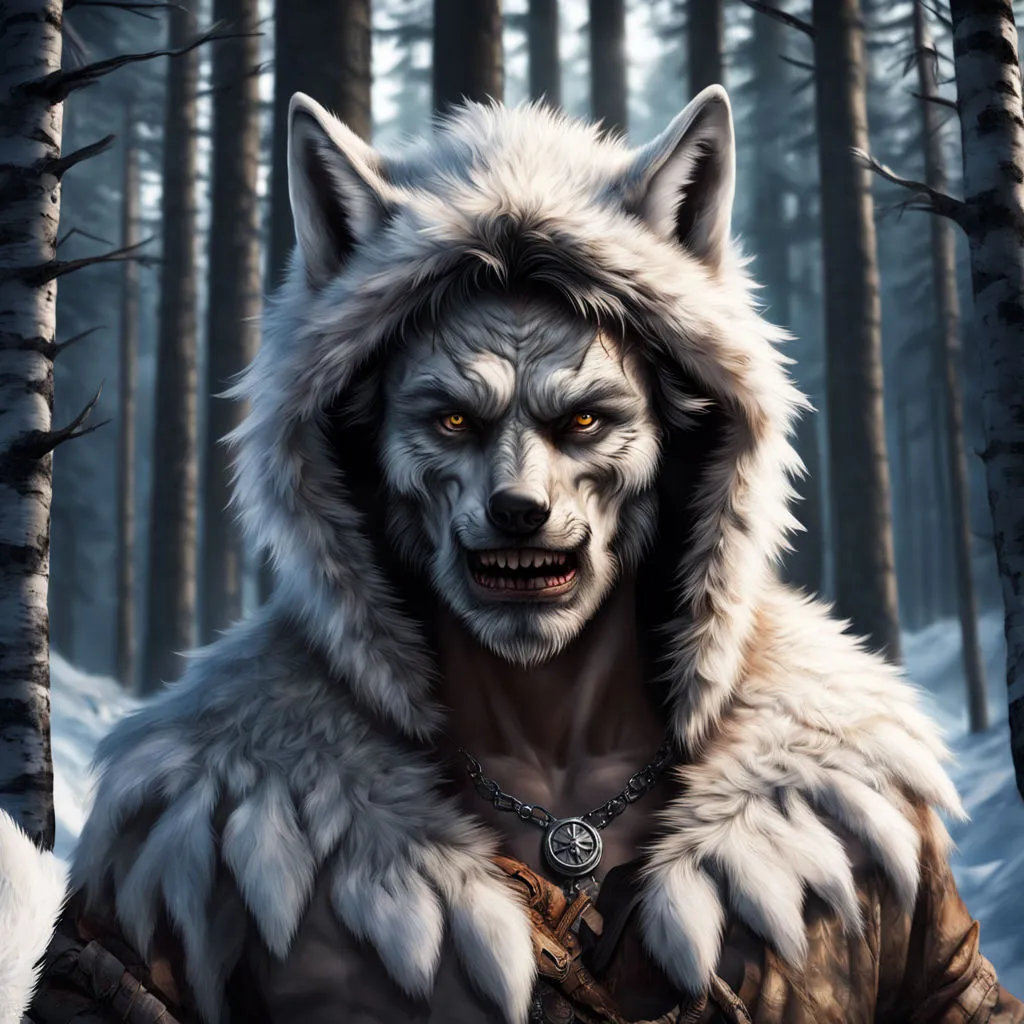The Legend of Adlet: Mythical Beings of Inuit Folklore

Unique Figures in Inuit Mythology
The legend of Adlet hold a fascinating place in Inuit mythology, presenting a unique blend of human and animal traits. Their form, with the lower body of a dog and the upper body of a human, creates an intriguing image that adds depth and mystique to the tales in which they appear. The swift movement attributed to them makes encounters with these beings memorable and significant within the stories they inhabit.
Bridging the Human and Animal Realms
In many mythologies, the blending of human and animal traits often symbolizes a connection between different aspects of nature or the psyche. The Adlet’s form could represent a bridge between the human and animal realms, highlighting the interdependence and shared existence within the natural world. This blending might also serve as a cautionary tale about the dangers of straying too far from one’s human nature, emphasizing the importance of maintaining a balance between different elements of one’s identity.
Themes of Resilience and Human Ingenuity
Encounters between humans and Adlet often end with humans emerging as victors. This recurring motif reflects themes of resilience, adaptability, and the triumph of human ingenuity over natural forces. It underscores the importance of human cooperation and resourcefulness in overcoming challenges. These stories celebrate human virtues and highlight the need for vigilance and cleverness when facing formidable adversaries.
Richness of Inuit Beliefs
The presence of the Adlet in Inuit mythology adds depth and richness to the cultural tapestry of the Arctic regions. These tales offer insights into the beliefs, values, and worldview of the Inuit people. The variation in how different Inuit tribes perceive and interpret the Adlet highlights the diverse cultural perspectives within Inuit mythology. For instance, some portray Adlet as taller and sometimes cannibalistic, casting them as formidable and potentially dangerous adversaries.
Interplay Between Indigenous Groups
The association between the Adlet and inland Native Americans, particularly among the Labrador and Hudson Bay tribes, underscores the complex interplay between different indigenous groups in the Arctic and sub-Arctic regions. This association may reflect historical interactions, cultural exchanges, or perceptions of otherness between different tribal communities. The distinction between the terms “Adlet” and “Erqigdlit” used by various Inuit groups further illustrates the regional variations in language and cultural traditions.
Etymological Insights
Newell Wardle’s proposed etymologies for the term “Adlet” offer intriguing insights into the possible origins and meanings behind the word within Inuit mythology. The suggestion that “adlet” could stem from “ad,” meaning “below,” hints at a conceptualization of the Adlet as beings existing in a realm below or separate from humans. Alternatively, the interpretation of “adlet” deriving from “agdlak,” meaning “striped” or “streaked,” links the term to the appearance or characteristics of certain indigenous peoples.
Boas's Documentation
The account of the origin of the Adlet as recorded by Franz Boas provides valuable insight into the cultural beliefs and narratives of the Inuit people. The story, commonly referred to as “The Girl and the Dogs,” highlights the variations in storytelling traditions among different Inuit communities. Similar versions of the story told in both Baffin Land and Greenland emphasize the cultural continuity and shared heritage of the Inuit peoples across different regions.
The Tale of Niviarsiang and Ijirqang
The story of Niviarsiang, Savirqong, and their unusual family offers a glimpse into the rich and complex mythology of the Inuit people. Niviarsiang, also known as “the girl,” challenges societal norms by refusing to marry any of her suitors and instead marries a dog, Ijirqang. This union produces a unique brood of offspring: five dogs and five Adlet. The narrative underscores the interconnectedness of beings within the natural world and highlights the fluidity of identity in Inuit mythology.
Conclusion
The legend of Adlet, with their blend of human and animal traits, continue to captivate the imagination and enrich the cultural heritage of the Inuit people. These beings serve as a symbol of the intricate relationships between humans, animals, and the natural environment within Inuit cosmology. Through their stories, we gain a deeper understanding of Inuit cultural values, traditions, and worldview, reflecting the enduring legacy of these mythical beings in the tapestry of Arctic folklore.

